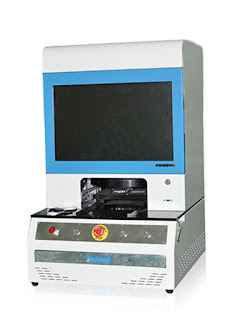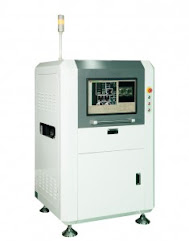What is Automated Optical Inspection?
Automated optical inspection allows for quick and accurate inspection of electronic assemblies, particularly PCBs. They can detect a range of surface defects like nodules, scratches, and stains, as well as more common dimensional flaws like open circuits, shorts, and solder, thinning.
Automatic or automated optical inspection, or AOI, is a key method in the production and testing of electronic printed circuit boards, or PCBs. Automated optical inspection allows for quick and accurate inspection of electronic assemblies, particularly PCBs, to guarantee that the product quality is good and that the products are created correctly and without manufacturing defects, as they leave the production line.
They can detect a range of surface defects like nodules, scratches, and stains, as well as more common dimensional flaws like open circuits, shorts, and solder, thinning. They may also identify faulty components, missing components, and components that are improperly positioned. As a result, they can complete all the visual inspections formerly performed by human operators, but much more quickly and precisely. They accomplish this by examining the board’s surface. Several light sources illuminate the board, and one or more high-definition cameras are employed. As a result, the AOI machine may create an image of the board.
Despite the major advancements, modern circuits are considerably more complex than circuit boards were even a few years ago. The development of surface mount technology, as well as subsequent size reductions, has resulted in extremely small boards. Thousands of soldered joints may be discovered on even the most basic boards, and here is where the majority of issues occur. To guarantee that product quality stays high, the marketplace now requires high volume, high -quality items to be brought to market very quickly. Reliable and fast procedures are required. AOI inspection is a key component of an integrated electronics test strategy that ensures that costs are kept to a minimum by finding faults early in the manufacturing process.
The details of an approved board must be kept within the system in order to evaluate a PCB assembly utilizing automatic optical inspection. If the AOI system is to accurately identify any faults on the PCB assemblies going through, this programming task must be completed correctly.
After the soldering process, automated optical inspection systems can be added to the manufacturing line. As a result, they may be utilized to detect issues early in the manufacturing process. There are a lot of advantages to this. Because problems are more expensive to fix the further along the manufacturing process they are discovered, this is unquestionably the best place to look for flaws.
Any printed circuit board manufacturing facility must be able to inspect the quality of the boards as they exit the line. Only in this way will they be able to check the quality and, if faults are discovered, correct the process so that no other boards are impacted.AOI inspection and, where appropriate, X-ray inspection are therefore two critical instruments for the industrial business.



Comments
Post a Comment